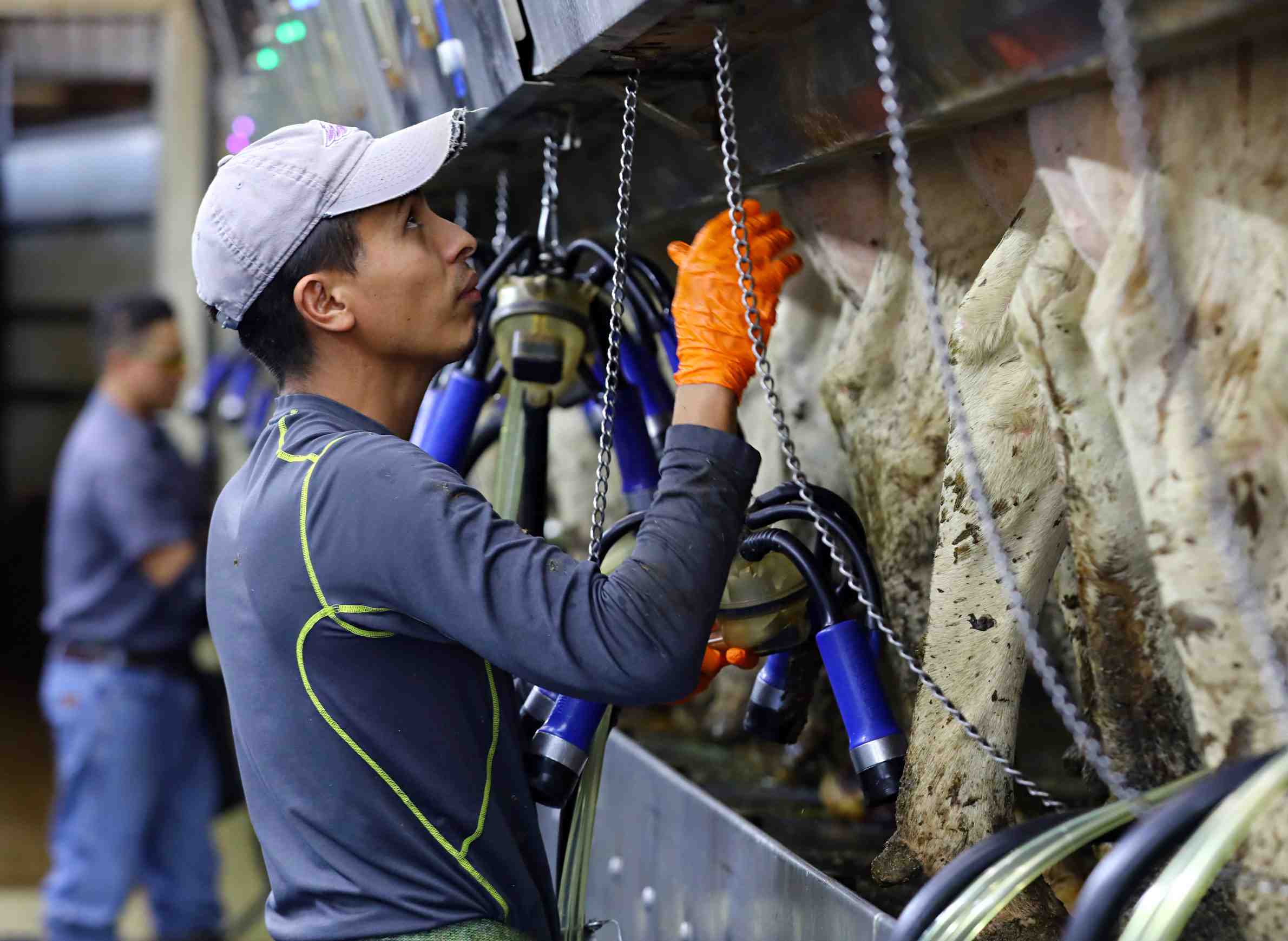

Share
A new report from the non-profit think tank Urban Institute has new data on the size and key characteristics of the U.S. immigrant workforce in 100 metro areas. The report explains that immigrants make up one out of six workers in the United States. In communities across the country, many employers are having trouble finding enough skilled workers, but they may be overlooking an untapped resource.
Immigrant workers are an often invisible but vital and ubiquitous part of local economies. Senior Researcher Associate Hamutal Bernstein explains, “Immigrants are here and filling jobs that we need filling in this economy.”
The current political climate has resulted in greater antagonism towards immigrants. President Trump continues demonizing immigrants lamenting this week that immigration is “changing the culture” of Europe. Trump also continues to insist on a border wall as a House spending bill was introduced on the 18th that would provide $5 billion. However, the report highlights that local municipalities are finding ways to support immigrant worker.
A significant share of immigrant workers are in low-skilled jobs that do not typically require a college degree. However, with the right access to education and training, many have the ability to meet these labor force needs. Bernstein explains, “workforce and training is another strategy that can be used to support immigrant communities during this fairly challenging moment.”
Their report explains that middle-skill jobs should be the focus of attention. While these positions don’t require a four year degree, they do require training and credentialing beyond high school. Training and credentialing often become barriers for non-English speaking immigrant workers. Overcoming this language barrier to education would lead to higher wages and a more skilled workforce, making the U.S. more economically competitive and leading to increased employment stability for immigrant laborers.
The report focuses on immigrants currently employed in low and middle-skilled occupations who are authorized to work in the U.S. Many of the issues discussed in this report also apply to undocumented workers. For the Minneapolis-St. Paul-Bloomington metro area, the report shows that:
- 12 percent of workers are immigrants.
- 69 percent of immigrant workers are in low or middle-skilled jobs.
- Of this group, 26 percent have less than a high school education and 17 percent have a college or advanced degree. 52 percent have limited English proficiency.
Bernstein explains that having limited English should not be a limitation to work, but it does make it easier for immigrant workers to be exploited and be denied promotions on the job. Therefore, Bernstein argues that, “English training is front and center.”
One of the most exciting innovations she saw on her tour was, “when employers invest in their workers by partnering with training providers, whether that’s a local community college or private provider.” Having training on site gets around a lot of logistical challenges and shows workers that the employer is invested in their success. When the employers realize the payoff for them (employers), it can be really powerful.”
Bernstein collected stories through site visits. She noted that immigrant workers often work multiple jobs in high costs areas, struggling to make ends meet. “Someone who is working multiple jobs doesn’t have the time to invest in technical training,” Bernstein said. “These workers merit investment.”

